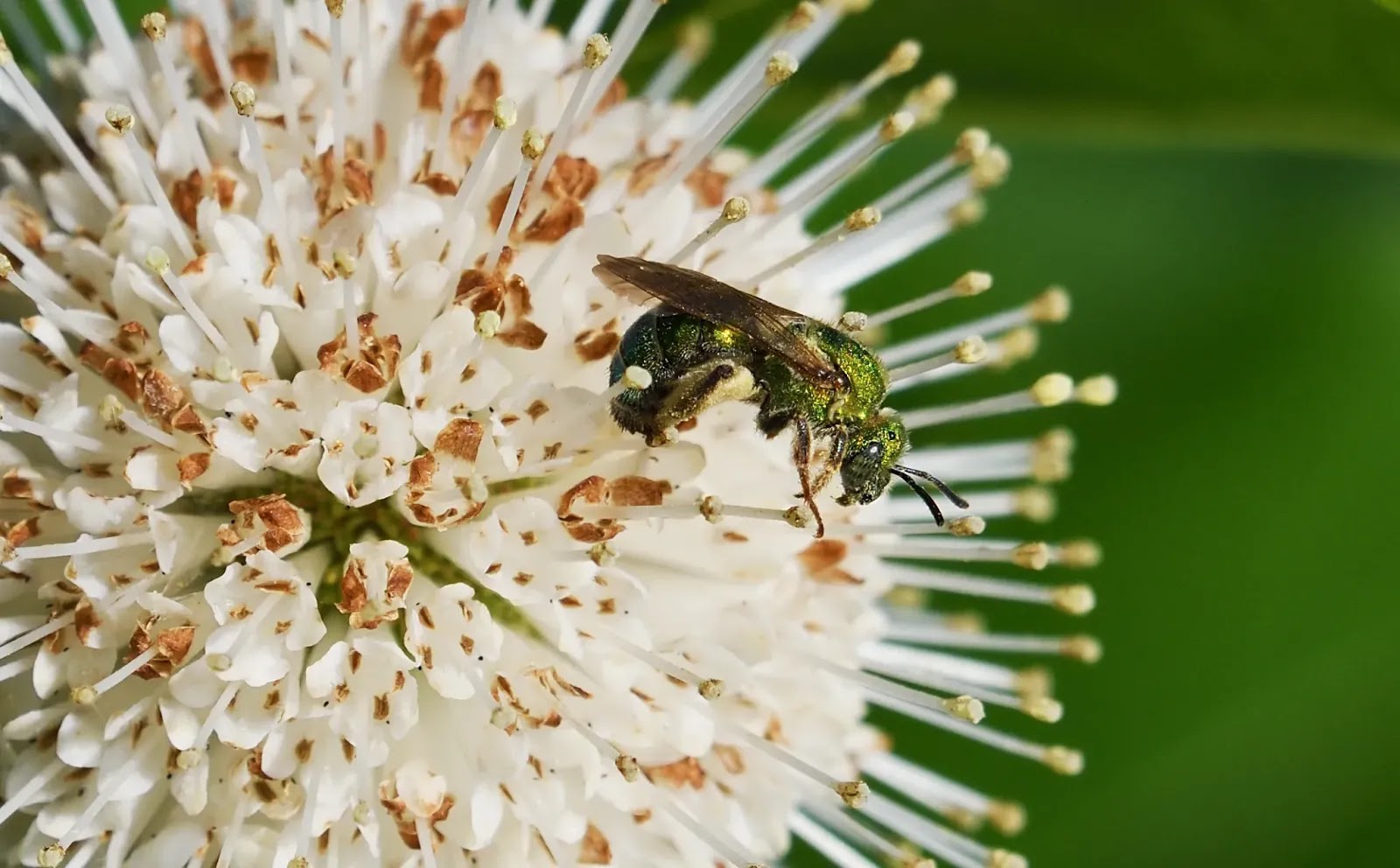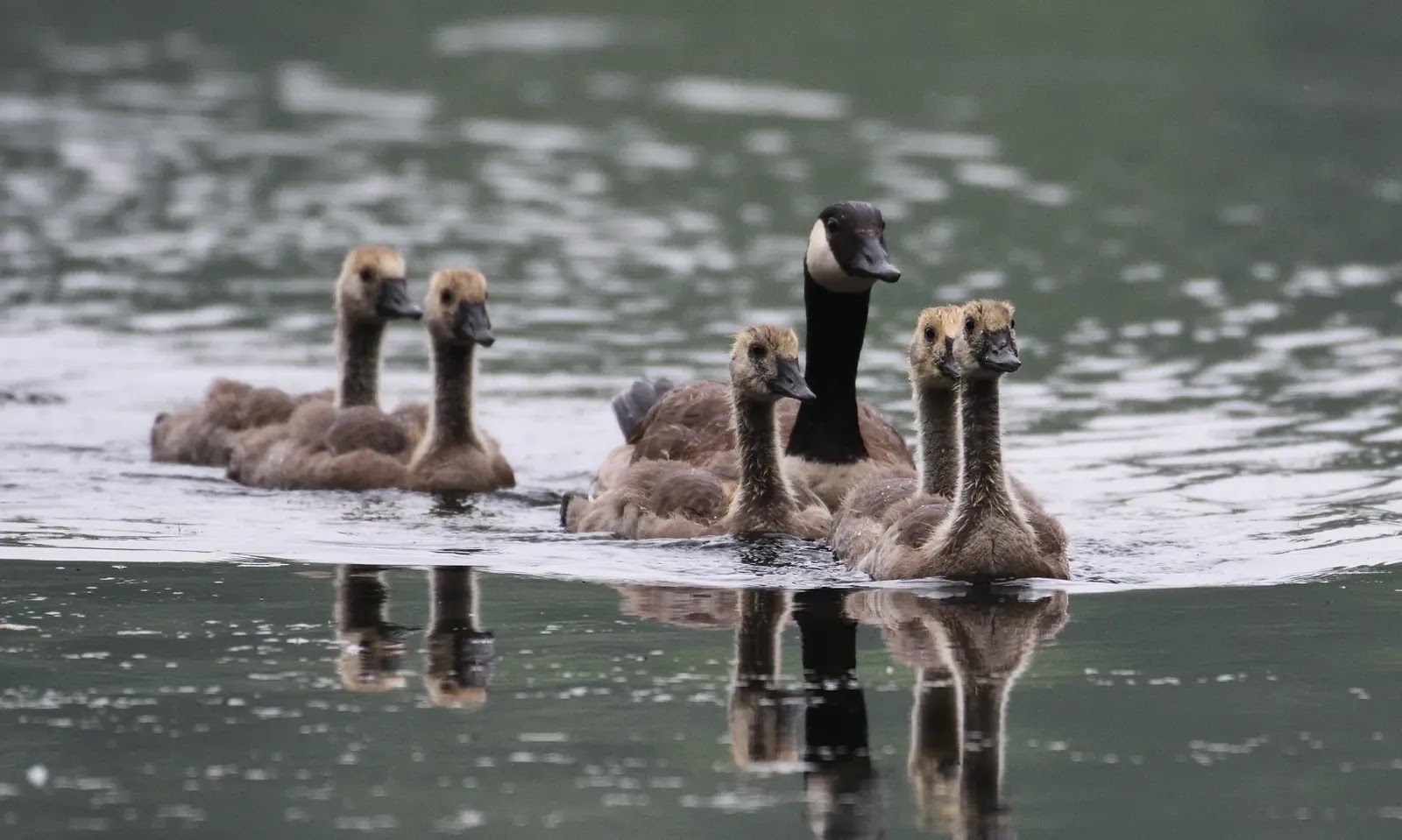Kingfishers and a Green Heron

Viewing the expanse of Shoemaker Lake from the bottom edge of the lake is a great way to start a morning's birdwatching. The whole of the lake is visible and with the aid of binoculars or a camera equipped with a telephoto lens, it's easy to pick out the great blue heron, the kingfishers and on the odd occasion even an osprey. I'd already located the kingfishers and this really is a great time to watch them hunt as the young have fledged and are busy honing their fishing skills. They are numerous and at times present all around Shoemaker Lake. Scanning further around the lake, I located a heron much smaller than the great blue heron. Not a night-heron as they have sadly been missing from Lakeside Park this year, this was a young green heron perched on the dead branches of a black walnut tree. It was way over to my left, standing out, highlighted in contrast to the shade of the black walnut's leaves behind it. Some kingfishers were also on that side of the lake, and so I...



